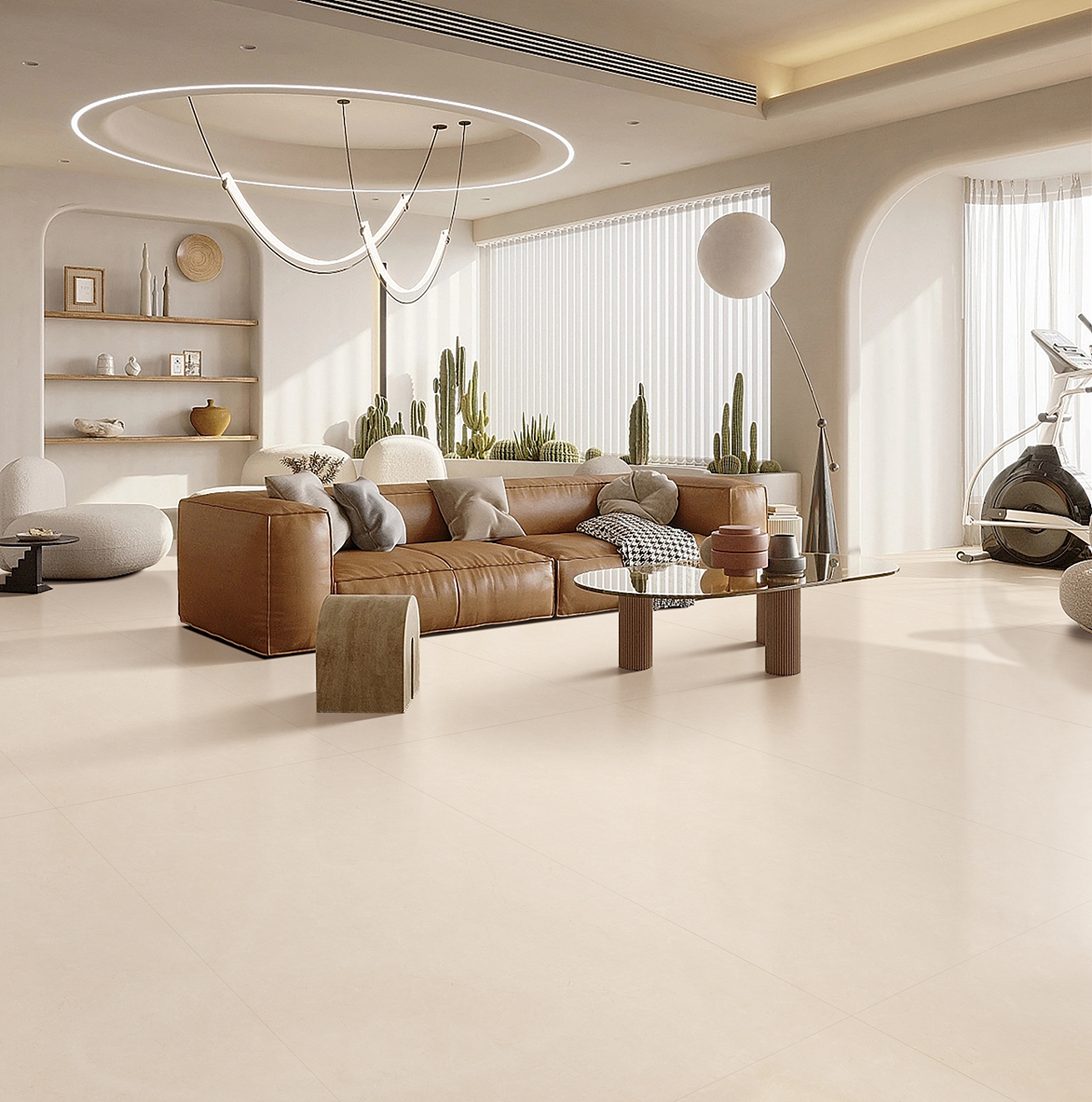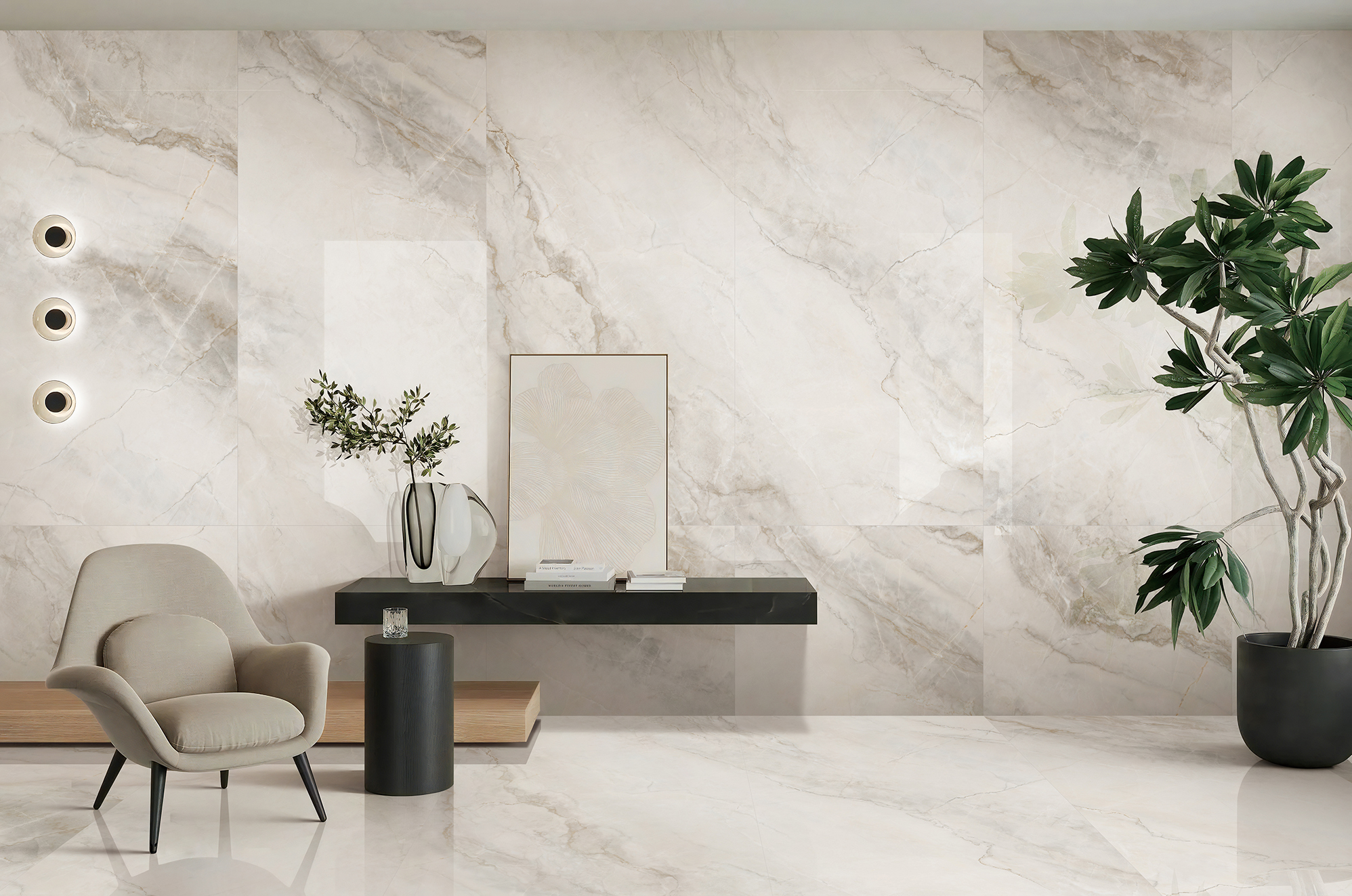
How can you determine the water absorption of ceramic tiles? How does this assessment guide your purchasing decision?
In home renovation, ceramic tiles are one of the common and important materials. Judging the water absorption of tiles is crucial for selecting the right ones.
Firstly, we can determine the water absorption of tiles through a simple water drop test. Prepare a cup of clear water and drop a few drops on the back of the tile. Observe the speed of water penetration and the extent of spreading. If the water is quickly absorbed and spreads, it indicates that the tile has a high water absorption rate. On the contrary, if the water forms droplets on the back of the tile and does not penetrate or spread significantly over a long period, the tile has a low water absorption rate.
Tiles with high water absorption may encounter some issues during use. For example, they can easily absorb stains and moisture, causing discoloration and mold on the surface, which affects aesthetics and hygiene. Especially in humid environments such as kitchens and bathrooms, tiles with high water absorption may become less durable due to prolonged exposure to moisture.
In contrast, tiles with low water absorption have better moisture resistance and durability. They can effectively resist the invasion of moisture, reduce the penetration of stains, and maintain the appearance and performance of the tiles for a long time.
To better understand the differences in water absorption among various types of tiles, here is a simple comparison table:
| Tile Type | Water Absorption Performance | Suitable Scenarios |
|---|---|---|
| Porcelain Tiles | Extremely low water absorption, almost no penetration | Living rooms, bedrooms, and other dry areas |
| Full Glazed Tiles | Low water absorption, slow penetration | Living rooms, dining rooms, etc. |
| Glazed Tiles | Moderate water absorption, some penetration | Kitchen and bathroom walls |
| Terracotta Tiles | High water absorption, rapid penetration | Not recommended for humid areas |
When purchasing tiles, choose those with appropriate water absorption based on different usage scenarios. For humid environments such as kitchens and bathrooms, prioritize tiles with low water absorption, such as porcelain or full glazed tiles. For areas with lower water absorption requirements, such as living room floors, you can choose suitable tile types based on personal preferences and budget.
Additionally, pay attention to the brand and quality of the tiles. Tiles from well-known brands usually have more reliable production processes and quality control, and their performance indicators, such as water absorption, are more stable and reliable.
In summary, accurately judging the water absorption of tiles and making purchasing decisions based on usage scenarios and personal needs can bring better results and long-term use experience to home renovation.



